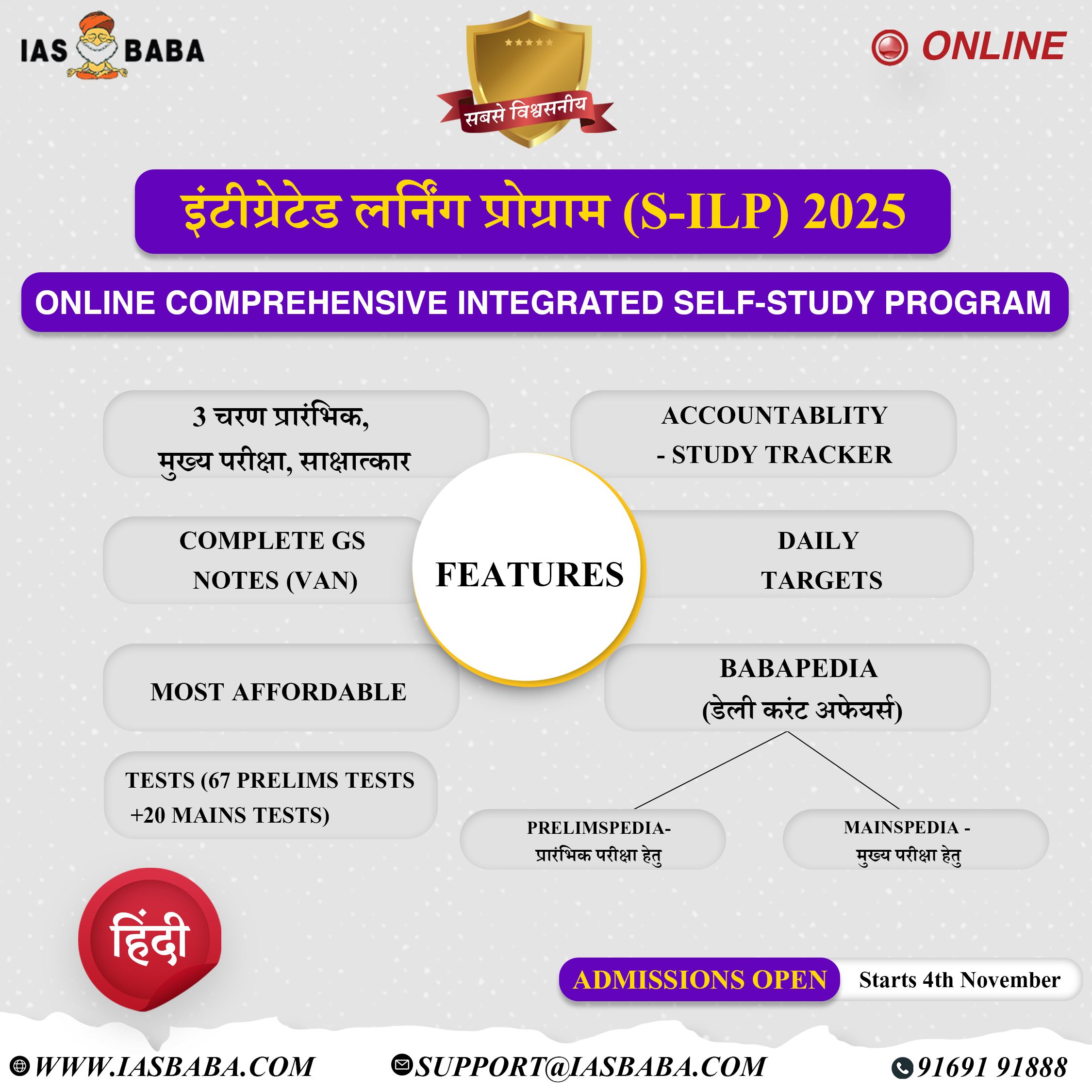UPSC Articles
SCIENCE & TECH/ ECONOMY
- GS-2: Government policies and interventions for development in various sectors and issues arising out of their design and implementation.
- GS-3: Indian Economy and issues relating to planning, mobilization, of resources, growth, development.
Geotagging of payment system touchpoints
What is Geo-tagging of payment system touchpoints?
- Geo-tagging refers to the process of adding geographical identification to a media based on the location of smartphones or GPS-enabled electronic devices.
- Geo-tags can be applied to media such as photos, videos, websites, text messages and QR codes.
- Recently, the Reserve Bank of India issued a framework for geo-tagging of payment system touchpoints, which simply means capturing the geographical coordinates (latitude and longitude) of various touchpoints deployed by merchants to receive payments from their customers.
Why is it important?
- Indian payments ecosystem has rapidly evolved in recent years with widespread adoption of multiple payment products and systems, including Point of Sale (PoS) terminals, Quick Response (QR) codes, Unified Payment Interface (UPI) and Aadhar-enabled Payment Service (AePS).
- Smartphone and internet penetration has led to proliferation of digital payments in the country.
- According to data from the National Payments Corporation of India (NPCI), UPI-led digital transactions crossed the highest-ever value of Rs 81-lakh crore with 5.42 billion transactions in FY22.
- However, a large number of people, especially in the rural parts of the country, continue to use cash as the primary mode of transaction.
- RBI’s geo-tagging framework focusses on deepening digital payments and providing inclusive access to all citizens, irrespective of their location or digital literacy.
What does RBI guideline entail?
- The central bank has categorised ‘Banking infrastructure’ and ‘Payment acceptance infrastructure’ as two categories of physical infrastructure through which digital payment transactions are carried out.
- Banking infrastructure covers payment transactions made through bank branches, counters, ATMs and Cash Recycle Machines (CRMs), among others.
- While PoS terminals, QR codes deployed by banks / non-bank Payment System Operators (PSOs) come under payment acceptance infrastructure.
- The RBI framework mandates that banks and non-bank PSOs should maintain a registry with accurate location of all payment touchpoints across the country. T
- he registry must contain merchant-related information such as the merchant name, ID, type, category, contact details as well as location details such as address and state, district.
- Banks and non-bank PSOs must also report payment acceptance infrastructure details such as the terminal type, terminal ID, terminal address, state, district and geo-coordinates.
How will it benefit banks and players in the payment ecosystem?
- By capturing the accurate location of various payment system touchpoints, banks can get
- insights on regional penetration of digital payments
- monitor infrastructure density across different locations
- Identify the scope for deploying additional payment touchpoints
- Facilitate focused digital literacy programmes.
- The data collected through geo-tagging will also help the central bank bring suitable policy interventions wherever required.
When will it be implemented?
- All banks and non-bank PSOs are required to report information on payment system touchpoints through the RBI’s Centralised Information Management System (CIMS).
- However, the central bank is yet to communicate the timeline for commencement of reporting.
- For now, the RBI has asked banks and non-bank PSOs to submit the contact details of the nodal officer for this activity by March 31, 2022.
Connecting the dots:











